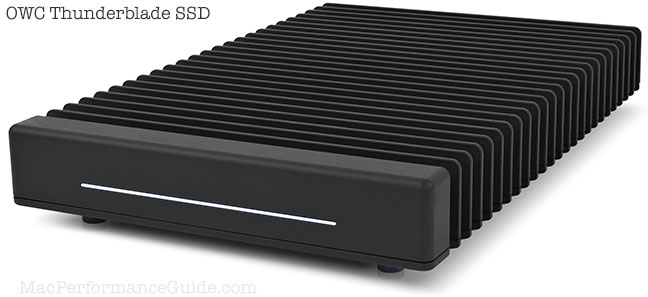
|

|

|

|

|

|

$220 SAVE $130 = 37.0% Western Digital 16.0TB Western Digital Ultrastar DC HC550 3.5-in… in Storage: Hard Drives
|

|

|

|

|
Main Page
Related: digital sensor, Nikon, Nikon APS_C, Nikon D200, Nikon D2X, Nikon DSLR, noise
Though it is not necessary to read the review in any particular order, reading this page first might be helpful.
In many cases, images shown on each page may be clicked on, and a larger version will appear in a new window. All comments are based on the actual-pixels originals, so please be sure to view the larger versions if the comments do not seem to match what is shown.
Printing this article not only eliminates the convenience of the many hyperlinks within the text, but sharpness, color and contrast are unlikely to be of sufficient quality to judge the examples (unless printed on professional grade paper, and the printing uses color management).
Formatting of this article
Font smoothing
The two lines below should both be smooth and clear, not jagged or pixellated (the size of the text might be different however). One line is text, and the other a picture of the text, as seen on the author’s screen.
This is a TEST LINE. The top line is text, and the bottom line is an image. |
If the text above is not smooth and clear, please see How to View the Articles at diglloyd.com for instructions on how to enable ClearType (Windows).
Browser scaling and color rendition
The two images shown below should appear to be identical. If they do not, you should try a different browser to read this article.
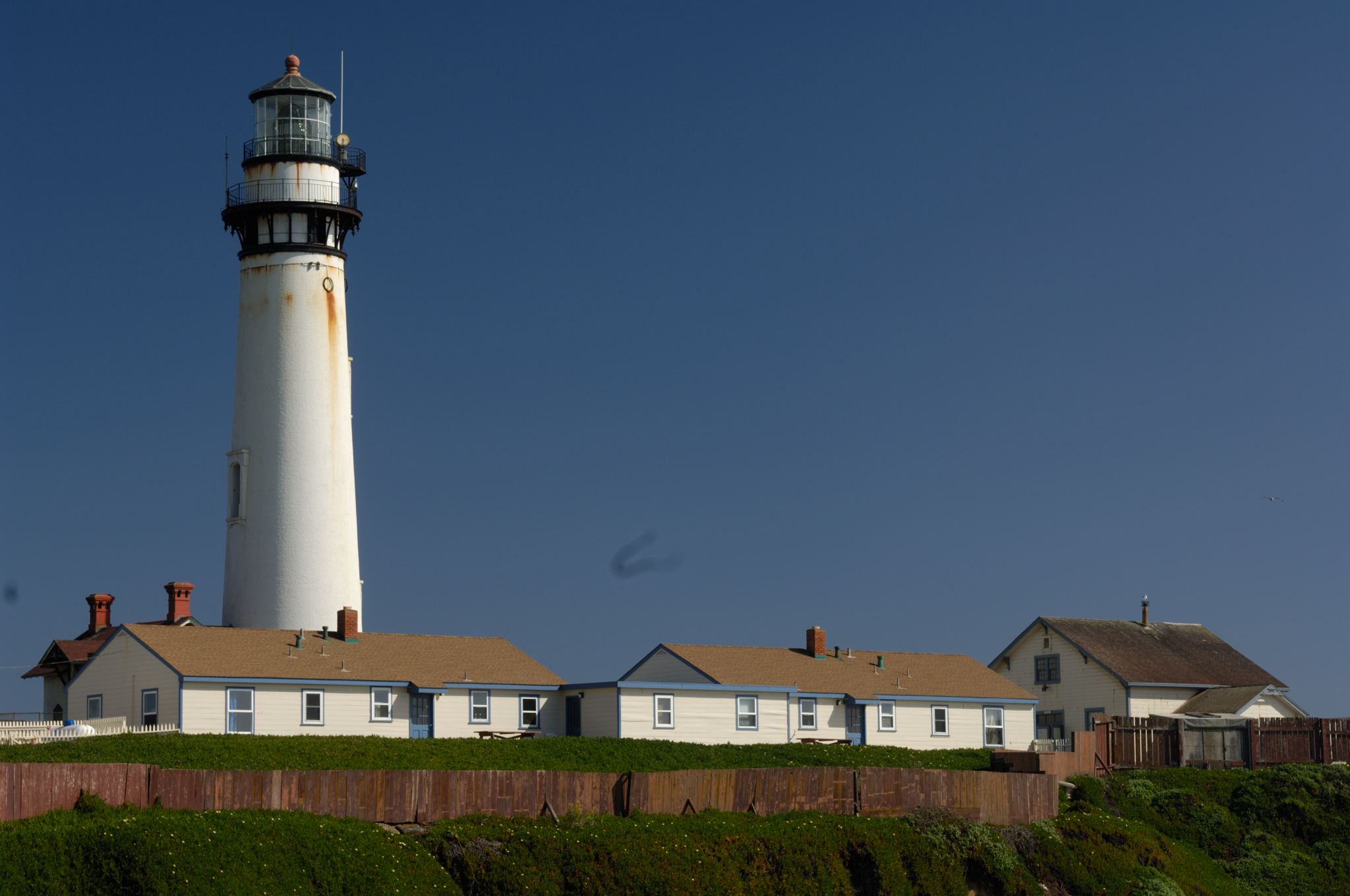 |
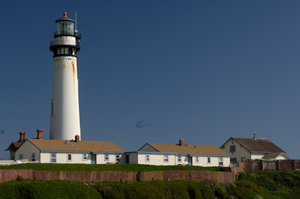 |
There are several variants of the sRGB color space extant. This article uses sRGB IEC1966-2.1 except as noted. The two images shown below should appear to be identical. If they do not, then the sRGB variant used by your browser/operating system is slightly different than expected:
 |
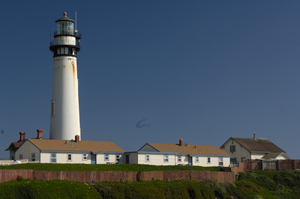 |
Current versions of Apple’s Safari, Mozilla Firefox and Internet Explorer all should display as intended. Older browsers might not display as intended and/or might not display certain images correctly. MacOS Safari has an issue where clicking on a page goes to that page, but not to the correct position within it.
Introduction
This review compares the Nikon D2X (now revamped as the D2Xs) to the $1700 Nikon D200, the most pertinent question being how much better the Nikon D2X is (or isn’t) given the more-than-double price difference.
NOTE: as this article was being finished, Nikon announced the D2Xs, a minor update to the D2X. For a summary of the new features, please see D2Xs replaces D2X as Nikon's flagship digital SLR. A firmware update is in the works for the Nikon D2X, which will support some of the new D2Xs features (those not requiring the changed hardware of the D2Xs). Nikon states that image quality is identical.
Please note that Nikon Capture is not compatible with the D2Xs, though a trial version of Nikon Capture NX is now available.
The Canon EOS 5D was originally considered for inclusion in this review, but the D2x vs EOS review already has a comprehensive comparison with the Nikon D2X (and EOS 1Ds Mark II). Including the EOS 5D in this review would have made this review much more time consuming and would have duplicated earlier research. Please see the diglloyd.com reviews page for details on D2x vs EOS.
I purchased all equipment through normal retail channels—real money was spent on these cameras.
The D2X costs 124% more than the D200 for 22% more pixels. In other words, you could buy two D200 bodies and a pro AFS zoom for the price of just the D2X body, and still have money left over.
| Camera | Megapixels | MSRP/Street Price September 2007 |
|---|---|---|
| Nikon D200 | 10.0 (3872 x 2592) |
|
| Nikon D2Xs* | 12.2 (4288 X 2848) |
Comparing these cameras allows a rational decision to be made as to which tool (camera) is best for one’s own needs, taking many aspects of usability and performance into account.
The reader will have to factor in price according to his/her own needs; price is ignored as it would interfere in the analysis by introducing subjective assumptions.
Sensor size
The sensor in the D200 is 23.6 X 15.8mm as compared with 23.7 X 15.7 for the D2X. This yields an aspect ratio of 1.506 for the D2X as compared with 1.494 for the D200. The difference is small enough that it can safely be ignored.
The Nikon D200 has pixels 22% larger than the Nikon D2X. Since digital noise increases or decreases as a function of pixel area, we should expect outstanding noise characteristics from the D200 to be somewhat better (though other factors such as the sophistication of camera electronics also come into play).
Below are some facts related to the resolution and pixel size of these cameras (Canon EOS included for comparison):
| Camera | Sensor Size (mm) | Image Size (pixels) | Pixel size (microns) | Relative Area | Diffraction-limited Aperture |
| Nikon D2X | 23.7 X 15.7 | 4288 X 2848 |
5.5 |
1.0 |
f18 |
| Nikon D200 | 23.6 X 15.8 | 3872 X 2592 |
6.1 |
1.2 |
f19.5 |
| Canon EOS 1Ds Mark II | 36 X 24 | 4992 X 3228 |
7.2 |
1.7 |
f22 |
| Canon EOS 5D | 36 X 24 | 4368 X 2912 |
8.2 |
2.2 |
f26 |
A full-frame sensor having the same pixel density as the D2X would have a resolution of roughly 6400 X 4300 pixels, or 28 megapixels. A full-frame sensor having the same pixel density as the D200 would have 23 megapixels. We can only hope that Nikon doesn’t believe that 2/3-frame is the ultimate evolution for their digital SLRs.
If we are willing to reach the diffraction limit at f11, then a full-frame camera could have a sensor as large as 10500 X 6980 pixels, or 73 megapixels (3.4-micron pixels). However, it is unlikely that there are full-frame lenses with anything approaching that kind of resolution (at least with any appreciable contrast—contrast drops as resolution increases). Some consumer digicams have pixels of that size, but they are usually not able to exploit their sensors fully—except perhaps at the center of the image. The noise with such small pixels is also very high.
Field of view crop (FOVC)
Both the Nikon D2x and Nikon D200 are “cropped frame” cameras—their sensors are smaller than 36mm X 24mm film. In fact, Nikon does not offer a “full-frame” camera, though Canon offers two: the EOS 5D and 1Ds Mark II.
The picture below shows what actually happens when using a full-frame sensor (36mm X 24mm) versus a 2/3-frame sensor as used in the Nikon D200 and D2X. The 2/3-frame sensor captures the area shown in color, whereas the full-frame sensor captures the entire area:
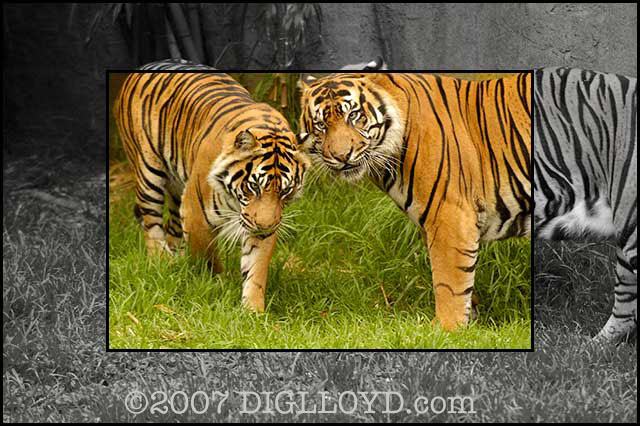
A full-frame camera produces a recorded image containing exactly what you would get with the lens on a 35mm SLR film camera (or extremely close). A cropped-frame sensor records only the portion of the image falling on it—in the case of the D200 and D2X the central two-thirds. This has several implications that are worth noting:
- Use of a 2/3 frame sensor means that the focal length to get the same field of view (FOV) is just 2/3 that of a full-frame
camera. Alternately, this may be thought of as the full-frame camera requiring a focal length 50% (3/2) longer
to get the same field of view at the same position.
- Depth of field is increased when shooting a shorter focal length, which favors the cropped-frame camera. This
might be advantageous if shooting routinely require significant depth of field without the ability to stop down very
much. However, if shooting involves producing a pleasantly blurred background, a shorter focal length works against
that effect. See Background Blur.
- Size and weight of a shorter focal length can be considerably less. For example, a Canon or Nikon 180/200mm/f2.8
lens weighs roughly two pounds and costs about $700. Either maker’s 300mm/f2.8 lens weighs roughly 7 pounds
and costs about $4000. For shooting wildlife or sports, a 2/3-frame sensor could lighten the load on one’s
wallet and one’s back.
- Until about two years ago, full-frame sensors offered true wide-angle shooting that a 2/3 frame sensor did not. However,
Canon and Nikon both offer short focal-length zooms designed to cover smaller sensors, so that issue is now moot. Nikon's “DX” lenses,
which are designed to cover the 2/3-size sensor, offer outstanding optical performance. Canon’s offerings
are likely excellent also, but this reviewer has not tested them.
- With respect to using a full-frame lens on a reduced-frame sensor: optical performance is at its best with a smaller
sensor, since most lenses perform optimally near the center, while resolution and contrast in the corners of the frame
are invariably reduced. The counter-argument is that with the same number of pixels, the smaller pixel-size demands
higher resolving power from the lens, and inevitably that resolution is accompanied by lower contrast. The D2X vs EOS article delves into this subject in detail.
Seagate 22TB IronWolf Pro 7200 rpm SATA III 3.5" Internal NAS HDD (CMR)
SAVE $100
















